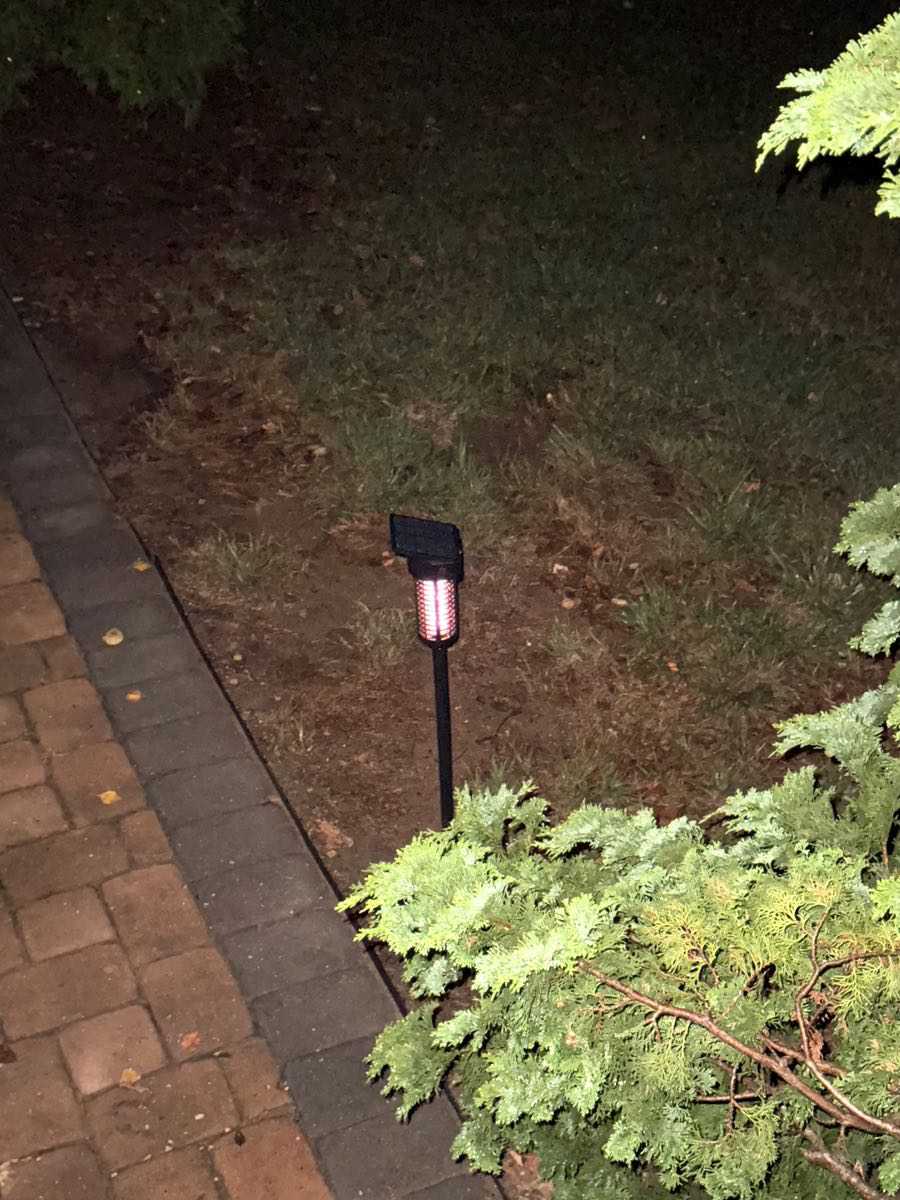
REVIEW – Step into the liiiiiiight! The PestSniper Solar Bug Zapper is designed to attract & kill bugs in your outdoor spaces at night. The clever bit here is that this zapper has a rechargeable battery that can be charged by via cable or an integrated solar panel, so you can put it anywhere in your yard! Let’s see how it does on the bug patrol. To the review!
What is it?
The PestSniper Solar Bug Zapper is a weatherproof, solar powered nighttime outdoor bug zapper. You can plug it in to charge it if the sun isn’t cooperating. If you want an indoor version, you can check out my PestSniper indoor bug zapper review.
What’s included?
- PestSniper Solar Bug Zapper
- The pole assembly
- A USB-A to USB-C charging cable
- A cleaning brush
- A printed user manual
Tech specs
Click to expand
15 hours of operation time after charging
Solar power or USB charging
430 square foot coverage
IPX4 Waterproof
Light unit is 6.1″L x 5.98″W x 10.23″H
Can be wall-mounted or set up in the yard with the included pole
Design and features
The PestSniper Solar Bug Zapper is a completely self-contained unit that measures roughly 6″ by 6″ by 10.25″. The body is made from lightweight ABS plastic and weighs just under 1.5 pounds. It’s also got IPX4 waterproofing, which means that you can leave it out in the rain as long (don’t submerge it in water!).
This unit has a built-in battery that you can charge in two ways. The integrated solar panel will charge it throughout the day, or you can pop that seal on the side to expose the USB-C charging port. The 1800 mAH will operate for 15 hours between charges and takes 3.5 hours to fully charge via cable. Just make sure you put that seal back in place before you expose it to the elements.
If you prefer to mount the PestSniper Solar Bug Zapper on a wall or fence, you can use the integrated brackets on the back side. The kit includes a pair of screws for this purpose.
If you want to place it in the yard, the 4-piece pole included in the kit is your answer. This includes a ground stake, two 8.6″ rods, and a connector for the two rods. This allows you to set your height if you prefer a lower or higher position.
The rod slides into the base of the zapper with a tight fit. I’ve had this out in the yard in some strong winds and rain, and have yet to see the zapper pop off.
Here’s a shot of the zapper installed in my backyard. The PestSniper Solar Bug Zapper won’t activate until it detects low-light conditions. In the picture below, I have the unit turned on while it lies waiting for darkness.
When the sun begins to fall, the hot pink LED light rises. Like a vampire. But for bugs.
This feature allows you to set & forget the bug light. Stick it in the yard, press the power button, and it will automatically activate and deactivate as needed, charging during the day to be ready for the next evening.
Performance
The slogan on the product packaging makes me giggle: SOLAR CHARGE AT DAY TIME / KILLER INSECTS WITH FASHION DESIGN. Grammar errors aside, it pretty much captures what we’re dealing with here.
The PestSniper Solar Bug Zapper is a nice-looking device that doubles as a bug killer and an accent light. You could set a couple of these up to add some light scaping to your flower beds while increasing the bug-zapping coverage, which is indicated at 430 square feet per unit. I assume that’s the range of the light attraction.
Here’s a shot of the light when it is a bit darker. The LED is pretty powerful and does a good job of attracting the flying critters, provided that you give it space from other ambient light. I also took this picture after a heavy thunderstorm blasted through our area. The zapper didn’t feel a thing.
It’s very effective at killing the wee beasties when they sneak up on it. The picture below shows an unfortunate moth that got caught up in the Wire Cage of Death. I’ve seen various moths, mosquitoes, and various other flying creepers meet their end on a nightly basis in that cage. The zapper also comes with a brush you can use to clean the victims out after an evening of zapping (ew).
I have run into a few situations where the zapper does not power up at night despite setting the button to “on” during the day. I suspect it may be because it completely ran out of power after an evening of heavy zapping. I’m not sure, but pushing the power button again sets it right. This has happened infrequently, but I’ll continue to do more tests to see what I can find out.
You can also adjust the solar panel’s angle to maximize sun exposure. The panel should be wiped down periodically to ensure maximum effectiveness.
I also really like the fact that you can charge the unit via USB as a backup. If you have an extra cloudy day or you’re taking it camping, this feature will definitely come in handy. We’re taking it with us to the beach next week, and I plan on using it on the patio of our rental unit. I’ll keep you posted on the results!
![]()
What I like about the PestSniper Solar Bug Zapper
- Easy to use
- Long battery life on a charge
- Solar power allows you to place it anywhere
- Very effective at murdering invasive pests
What needs to be improved?
- It occasionally needs a reset when it doesn’t come on automatically at dark; I’m still testing to see why this may be because I have only experienced it once or twice. It may be a user error.
Final thoughts
I’m a big fan of the PestSniper Solar Bug Zapper. The “set it and forget it” feature is great. It adds nice accent lighting to my yard while being very effective at attracting and killing the bugs. We’ll continue to do some long-term testing to see how it holds up over the season, but I have no real complaints so far!
Price: $65.99
Where to buy: Amazon
Source: The sample of this product was provided for free by PestSniper. PestSniper did not have a final say on the review and did not preview the review before it was published.

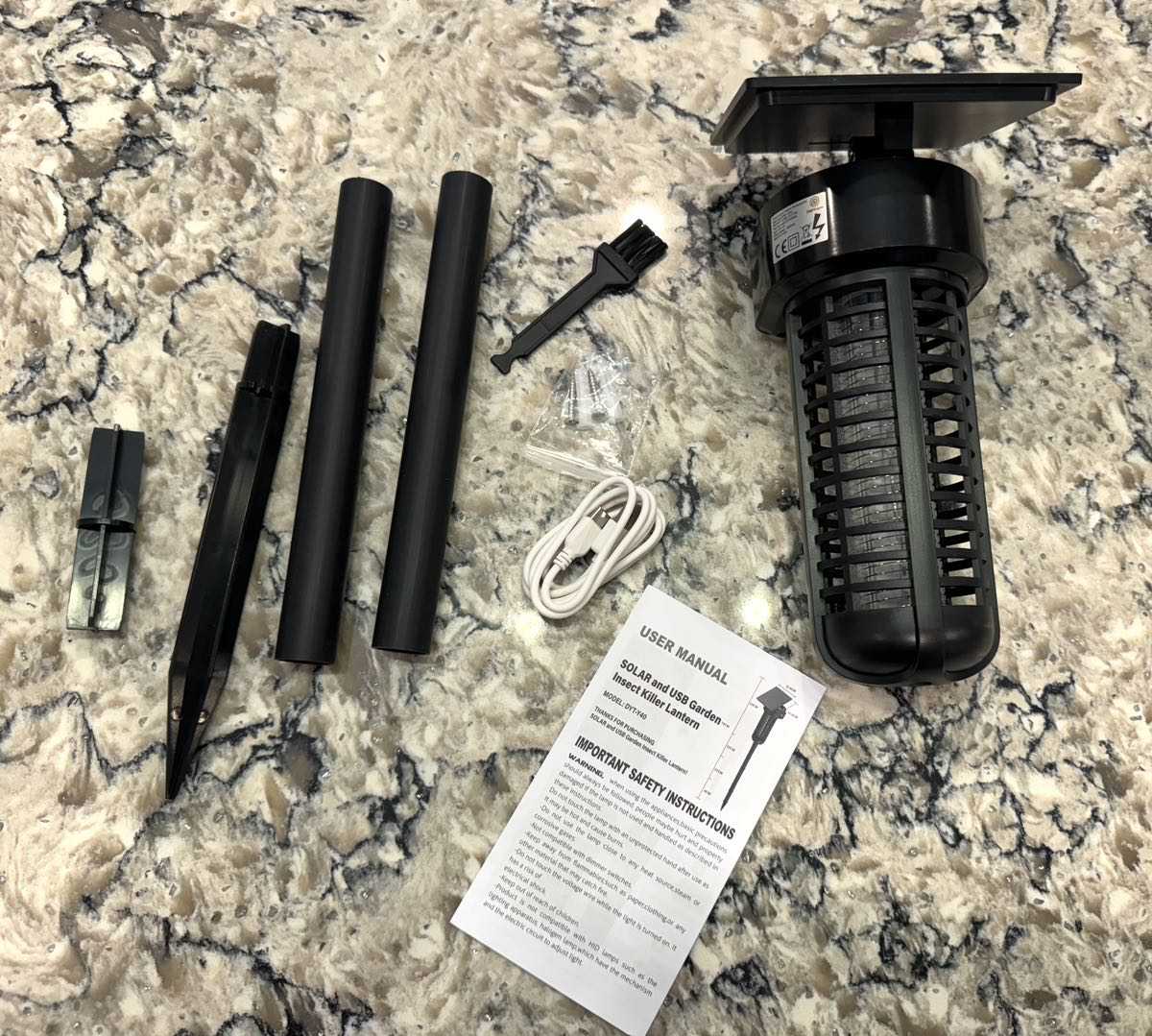
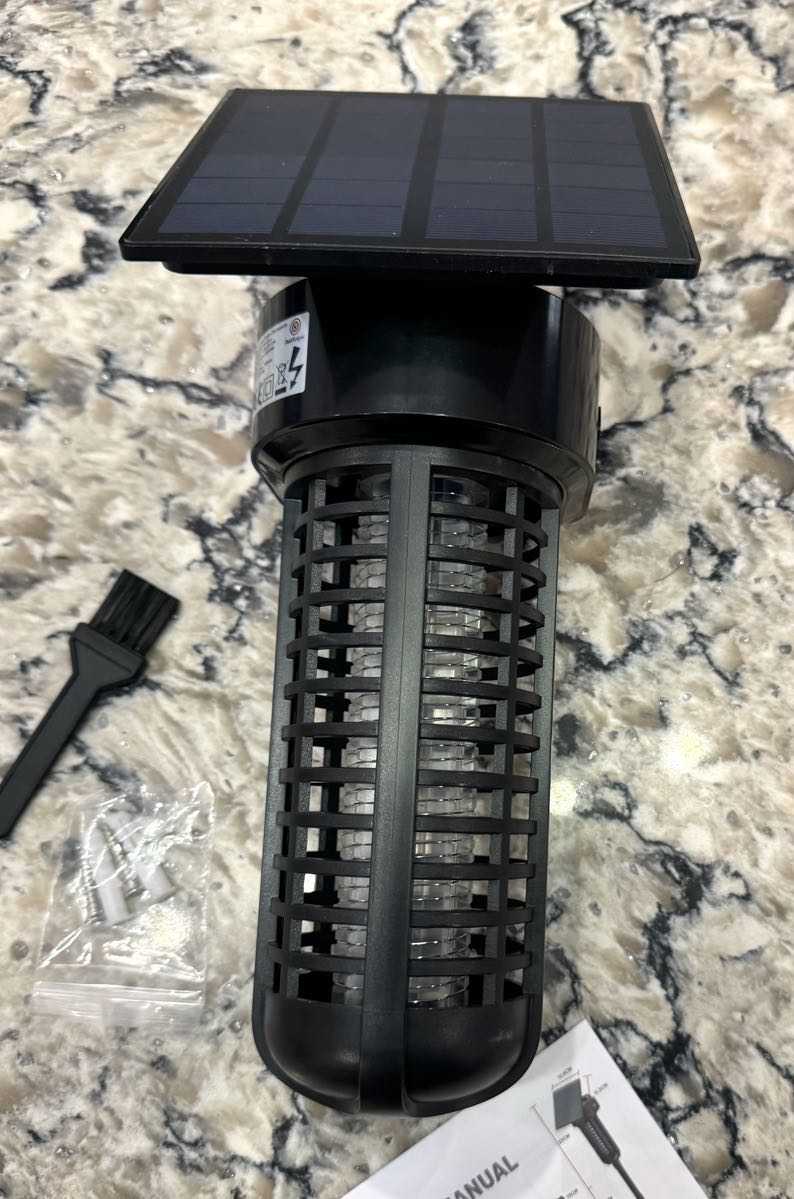
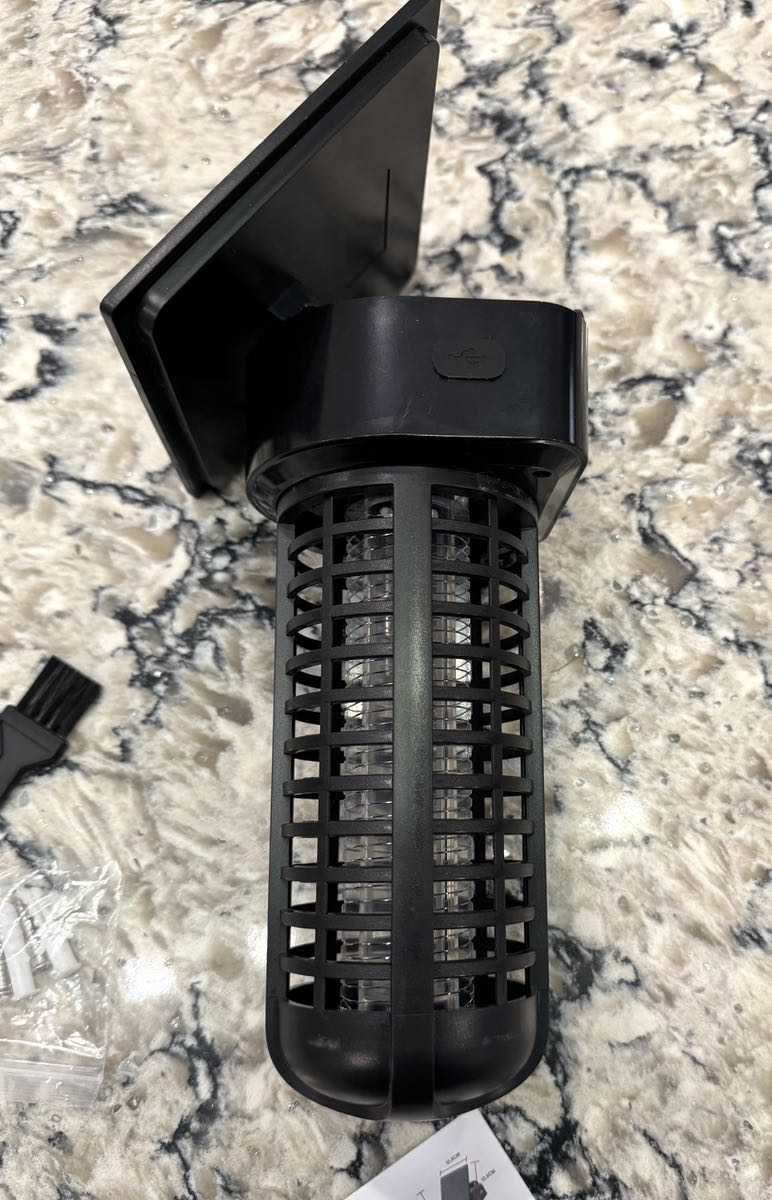
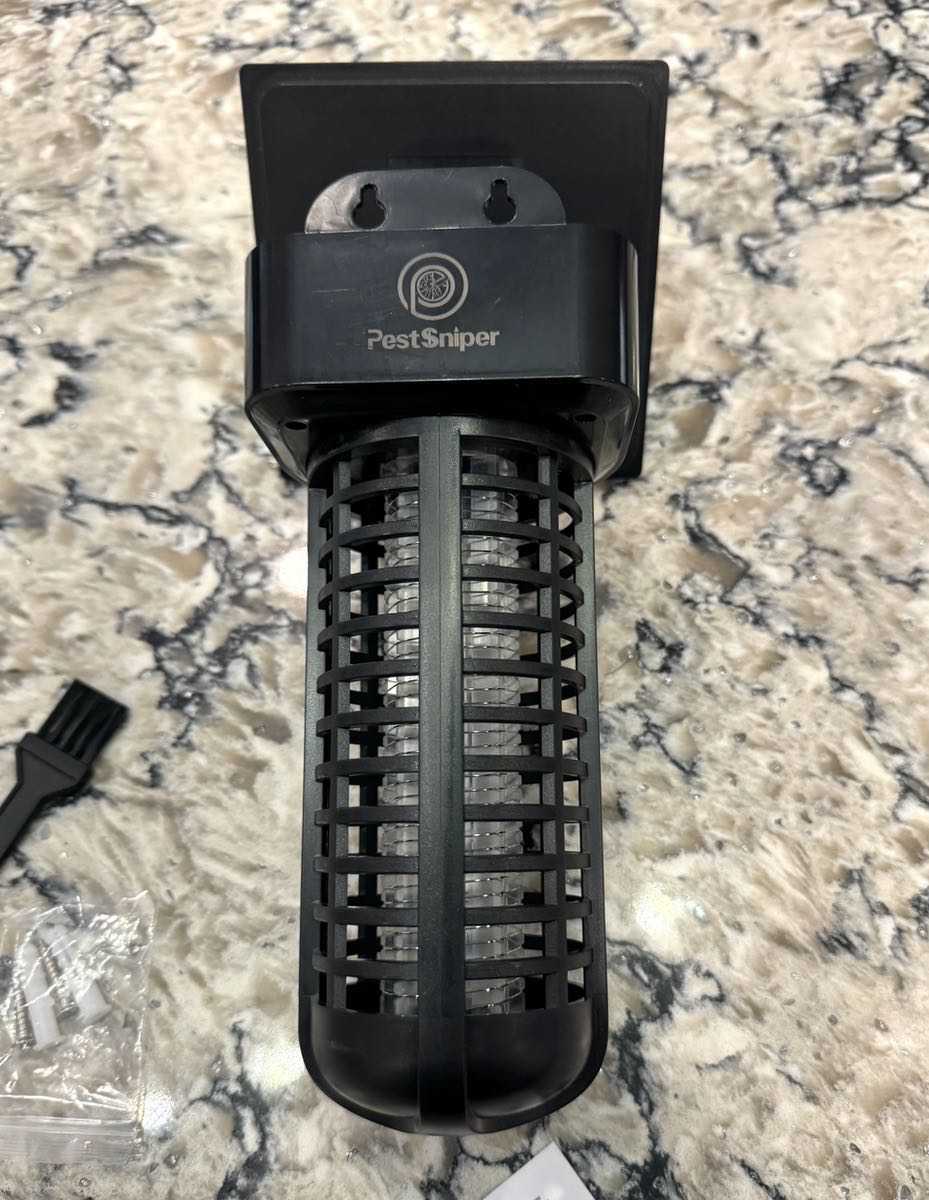

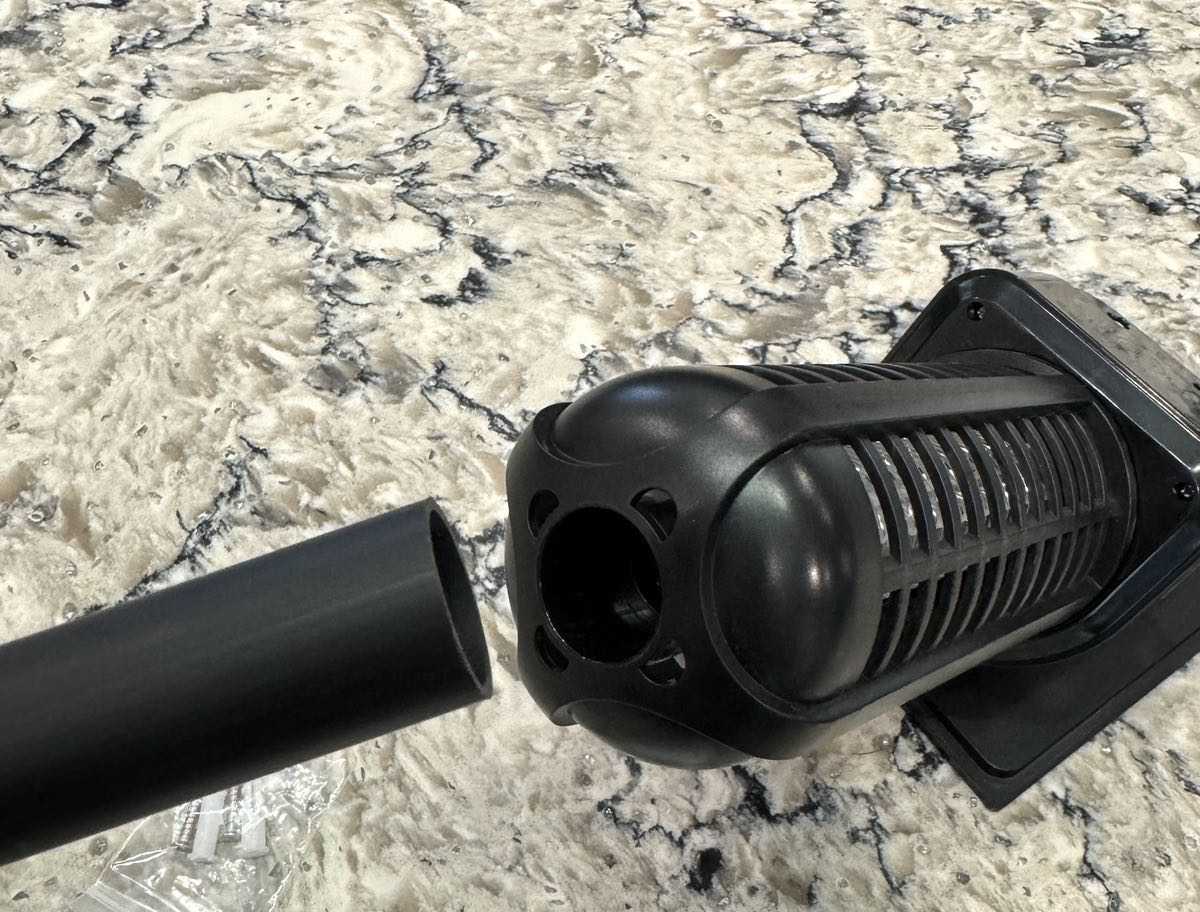
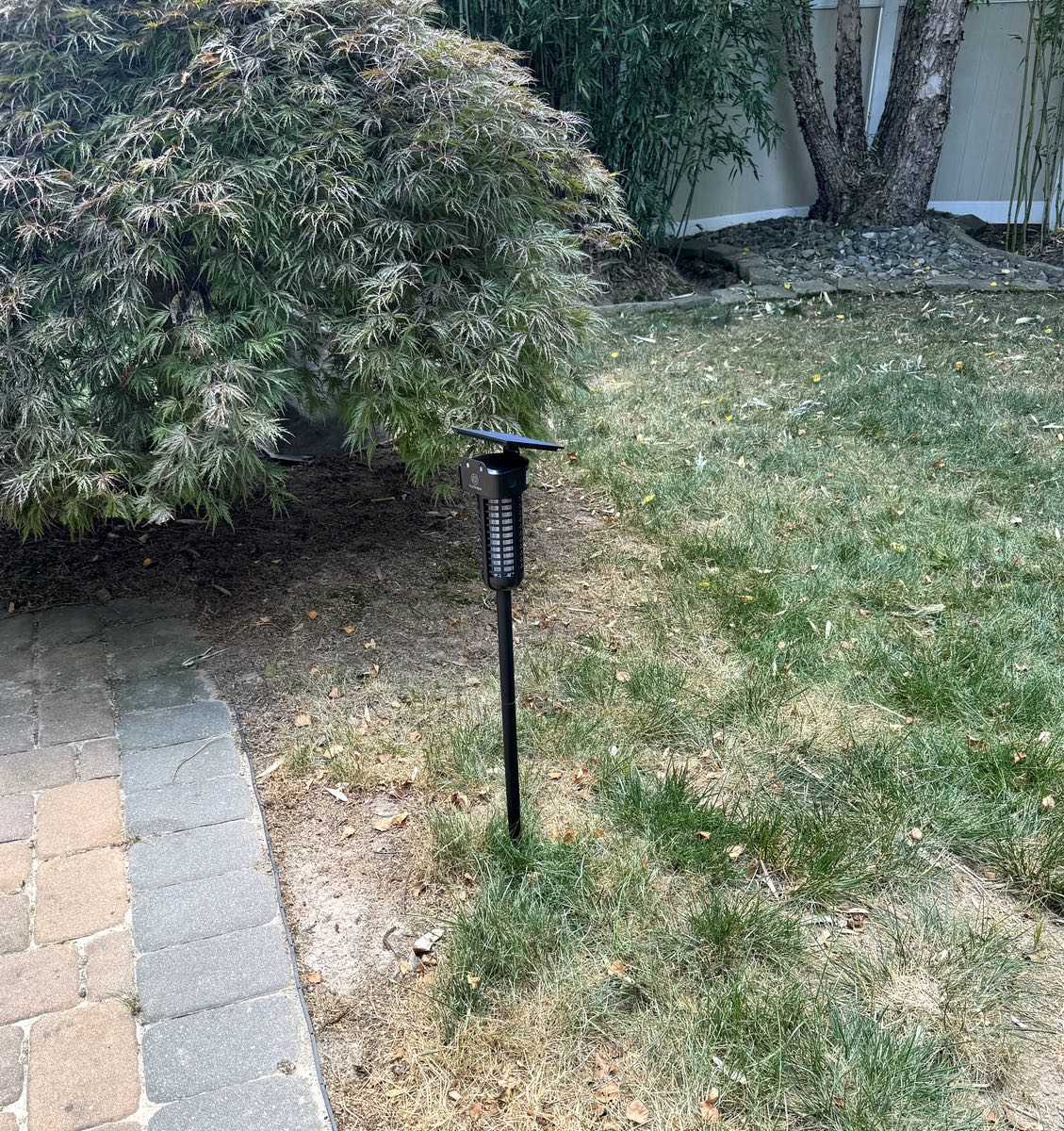
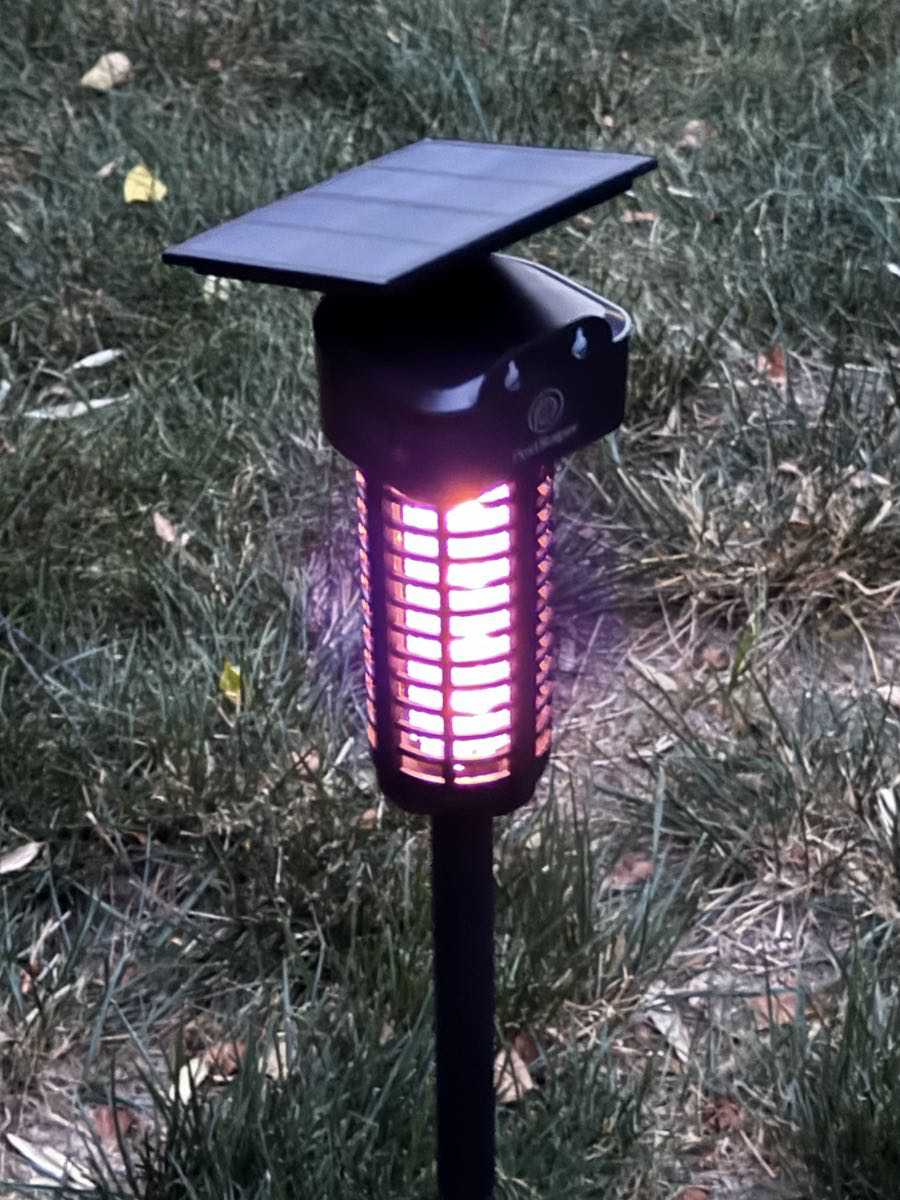

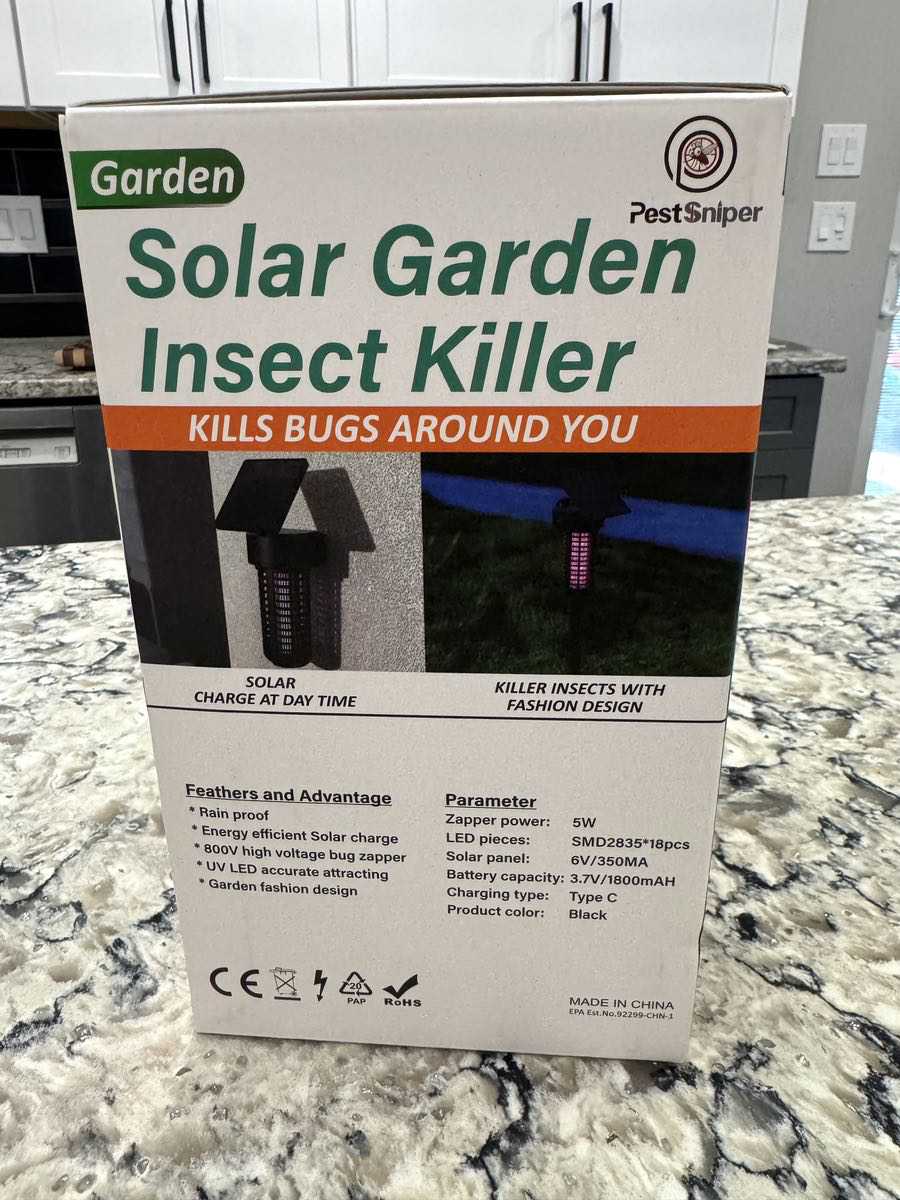
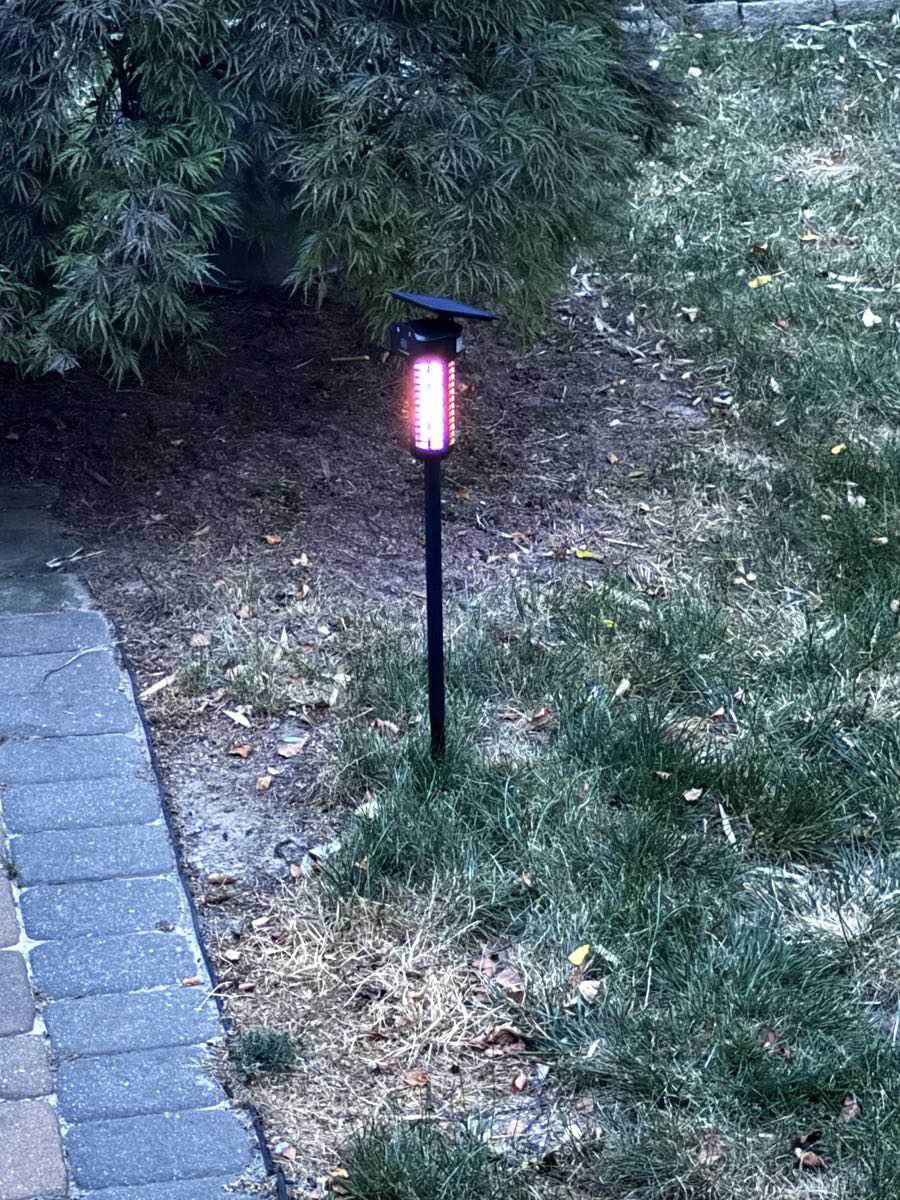
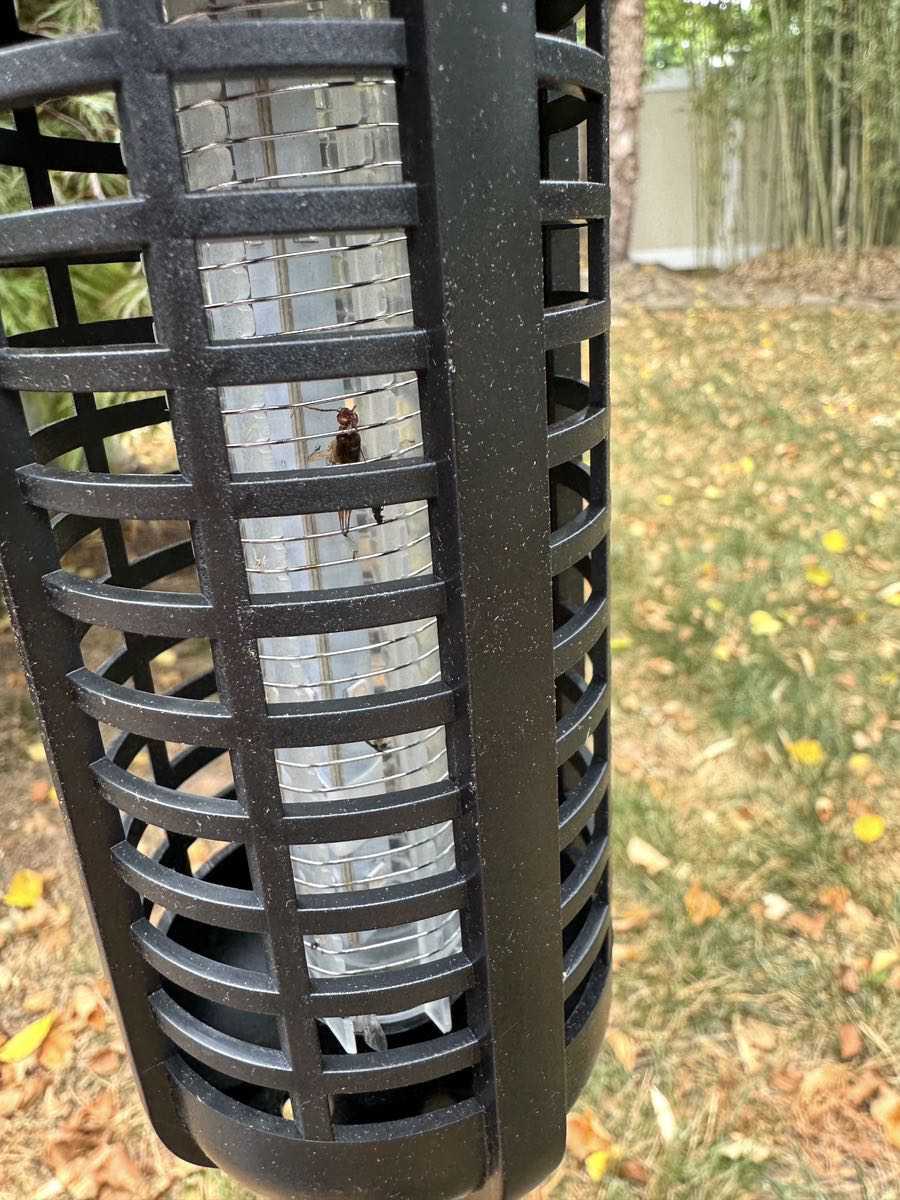


Gadgeteer Comment Policy - Please read before commenting
I find myself conflicted on this – I’m always the first one bit at an outdoor party, but on the other hand I’m aware that we’re in the middle of an ecosystem collapse with loss of insects. I’m not sure I like the idea of leaving a trap out for insects that auto-activates when humans aren’t around.
Killing mosquitos = good. Killing moths = bad. It would be nice if this was a bit more selective — just blindly killing everything as these types of units do is not a good plan for protecting the ecosystem.